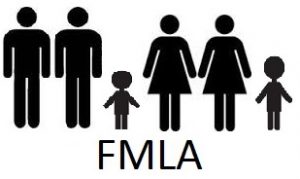 Up until now, California workers were eligible to take CFRA / FMLA leave to only care for their immediate family members, subject to a number of other criteria. Assembly Bill 1041, would expand CFRA to permit an employee to take job-protected leave to care for a “designated person.” The bill defines “designated person” as any individual related by blood or whose relationship with the employee is the “equivalent of a family relationship.” The bill provides that the employee may designate a “designated person” in advance and that an employer may limit an employee to one designated person per 12-month period.
Up until now, California workers were eligible to take CFRA / FMLA leave to only care for their immediate family members, subject to a number of other criteria. Assembly Bill 1041, would expand CFRA to permit an employee to take job-protected leave to care for a “designated person.” The bill defines “designated person” as any individual related by blood or whose relationship with the employee is the “equivalent of a family relationship.” The bill provides that the employee may designate a “designated person” in advance and that an employer may limit an employee to one designated person per 12-month period.
Of course, the above “equivalent of a family relationship” language is extremely vague, and we hope that future amendment and / or litigation will clarify what this means exactly and to avoid abuse by interpreting this language way too broadly.
The other question is whether an employee can designate a “designated person” after the need to take leave to take care of that person arises. The current language states that the employee “may designate … in advance”, so at least based on the plain reading of the language of this new law, there appears to be no prohibition against after-the-fact designation.
 San Francisco Employment Law Firm Blog
San Francisco Employment Law Firm Blog









